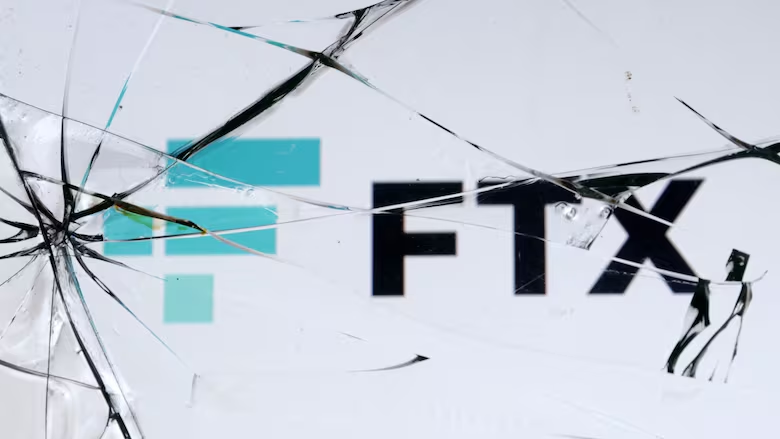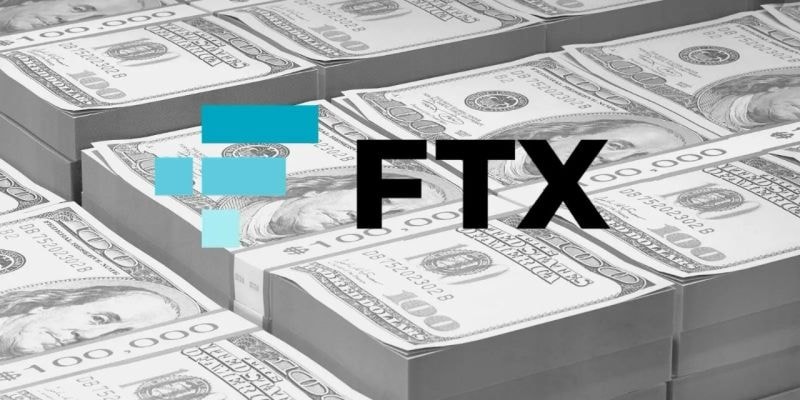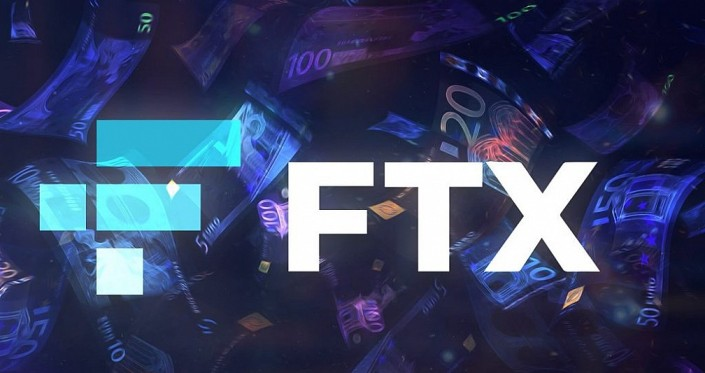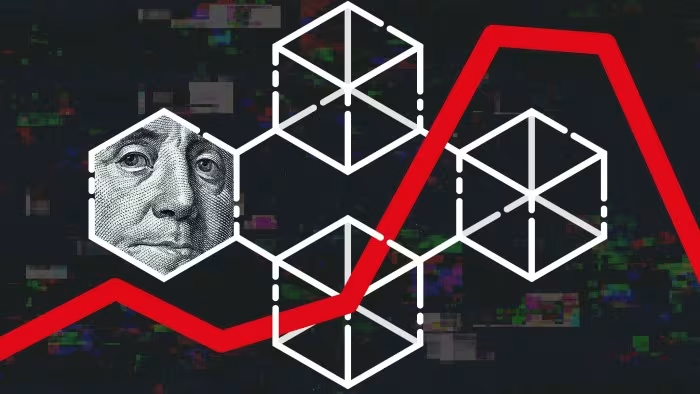What to Expect From the FTX Refunds: Key Facts You Should Know
Wondering what to expect from the FTX refunds? Refunds start in early 2025, managed by BitGo. Smaller investors get priority. Expect to get around 25% of your lost assets back, with ongoing efforts to maximize payouts.
Key Takeaways
- FTX refunds will initiate on February 18, 2025, with a total fund distribution estimated between $14.7 billion and $16.5 billion, prioritizing claims of $50,000 or less.
- Eligible creditors must complete KYC verification and tax forms, with refunds processed within one to three business days, offering payouts in USD or stablecoin.
- The refund process is heavily influenced by ongoing litigation and FTX’s bankruptcy protection, potentially affecting recovery amounts and timelines.
FTX Refunds Timeline

FTX refunds will begin on February 18, 2025, with a 60-day window for processing payments. The first phase involves distributing $7 billion. Creditors will receive notifications through their registered communication channels as part of FTX’s bankruptcy resolution.
Refunds for FTX customers with claims of $50,000 or less will start in early 2025, providing immediate relief to many. Token redistribution is planned to start on a Tuesday. Customers should ensure their account information is up-to-date to receive refunds smoothly.
Expected refunds to investors range between $14.7 billion and $16.5 billion. BitGo will manage the distribution of funds, ensuring a seamless process to mitigate the impact of FTX’s bankruptcy, which caused $9 billion in losses.
Eligibility Criteria for Refunds
Eligibility for refunds requires proving investments with FTX. Refunds are calculated based on asset values at the time of the bankruptcy filing in November 2022, ensuring fairness relative to pre-collapse investments.
Creditors with claims of $50,000 or less will be prioritized to ensure smaller investors receive their due quickly.
For claimants with amounts exceeding $50,000, a separate $10.5 billion fund has been established, although their repayment timelines remain uncertain. The total restitution plan, approved by a US court, is estimated to be between $14.7 billion to $16.5 billion.
Refund Process

FTX’s refund process is meticulous and multi-faceted. Eligible creditors must complete Know Your Customer (KYC) verification and submit tax forms to designated service providers, ensuring claim authenticity and preventing fraud.
Once claims are validated, customers will receive initial distributions within one to three business days, providing immediate relief. Refunds can be received in USD or stablecoin, offering flexibility.
Former customers should keep their account information updated and regularly check notifications from FTX. The meticulous verification process underscores the commitment to swift and efficient refunds.
Role of Cryptocurrency Exchanges in Distribution
Cryptocurrency exchanges like Kraken and BitGo are crucial in distributing recovery funds for FTX creditors. Their involvement ensures secure and efficient distribution, leveraging their cryptocurrency exchange infrastructure and expertise.
A special provision for claims of $50,000 or less aims to resolve these efficiently. Distributions for transferred claims will only go to the recognized holder of the allowed claim, maintaining the integrity of the refund process.
Expected Recovery Rates

Recovery rates for FTX creditors vary based on claim size and market conditions, with an estimated recovery of just over 25% of lost assets. Total available funds for distribution range between $14.5 billion and $16.3 billion, reflecting extensive asset recovery efforts.
Customers claiming $50,000 or less could receive approximately 118% of their claims, including accrued interest. The process prioritizes smaller creditors, providing immediate relief to many affected individuals.
Non-governmental creditors can expect full repayment with interest up to 9%. Using cryptocurrency valuations from the time of bankruptcy filing has led to disputes about bankruptcy claim amounts reflecting current market values, contributing to variations in recovery rates.
Impact on the Crypto Market

FTX refunds are expected to significantly impact the cryptocurrency market. The initial $800 million distribution is likely to enhance liquidity as investors reinvest in digital assets, potentially increasing trading activity and stabilizing the market in the short term.
The reimbursement process, spanning several months, aims to restore investor confidence in the crypto market. Prioritizing smaller claims benefits small investors. However, Sam Bankman-Fried’s conviction for mismanaging client funds has impacted investor perceptions of fund safety within cryptocurrency exchanges.
FTX’s downfall has cast doubt on the reliability of recovery processes for defrauded investors. Bankman-Fried’s 25-year prison sentence underscores the risks in the crypto space and the need for robust regulatory frameworks to protect investor interests.
Legal Assistance and Supplemental Interest Payments
Navigating the refund process can be complex, and creditors may seek legal assistance to understand their rights and procedures. Legal experts can provide guidance on court filing claims, meeting deadlines, and ensuring necessary documentation is in order, crucial for maximizing recovery amounts.
Most creditors will receive a 9% interest rate in the reimbursement plan, compensating for time and financial loss during bankruptcy proceedings. Understanding these payments helps creditors anticipate their total recovery amounts.
Proprietary Investments and Litigation Claims
FTX has recovered funds through monetizing proprietary investments held and ongoing litigation claims related to its business operations. This is part of a broader restructuring plan to maximize assets available for creditors. The plan includes a special fund for additional compensation to certain creditors.
John J. Ray III described asset recovery as challenging, involving extensive analysis of FTX’s former operations. Identifying and monetizing assets is essential for paying claims, underscoring the importance of an experienced team overseeing recovery and distribution efforts.
How Bankruptcy Protection Affects Refunds
FTX’s bankruptcy protection status impacts the timing and processing of refunds. Bankruptcy court discussions will determine asset distribution among creditors, influencing overall refund amounts and ensuring a fair and transparent process.
Claims related to FTX’s proprietary investments are under litigation, potentially delaying refunds and affecting total amounts available to creditors. Despite these challenges, recovery estimates suggest creditors might receive between 123% and 138% of their initial claims, depending on the final plan.
Ray III’s Role in the Refund Process
John J. Ray III has been instrumental in managing the FTX refund process, crucial in ensuring fair distribution among stakeholders by recovering assets from the firm’s previous mismanagement. His involvement aims to restore confidence in the refund process for creditors and customers.
Asset recovery has been complex and time-consuming, but Ray III’s dedication has been key in navigating these challenges. His leadership is guiding the process towards a successful resolution, providing much-needed relief to those affected by FTX’s collapse.
Sam Bankman-Fried’s Conviction and Its Implications

Sam Bankman-Fried’s conviction for mismanaging client funds significantly impacts the FTX refund process. Client deposits were used for risky trading strategies and personal expenses, with unauthorized money transfers facilitated by a backdoor in the system.
Despite FTX’s terms of service stating that client funds should be kept separate, management treated customer funds as a personal line of credit. This breach of trust has undermined investor confidence and may complicate refund processes for affected clients.
The conviction underscores the importance of regulatory oversight and the need for transparent and accountable management practices in the crypto space.
Summary
The journey to recover funds from FTX is a complex and multi-faceted process. From understanding the refund timeline and eligibility criteria to navigating the refund process and the role of cryptocurrency exchanges, there are many moving parts. The expected recovery rates and the impact on the crypto market are crucial aspects that highlight the broader implications of the FTX collapse.
As the process unfolds, the involvement of key figures like John J. Ray III and the legal ramifications of Sam Bankman-Fried’s conviction play significant roles in shaping the outcomes. By staying informed and seeking legal assistance when necessary, creditors can maximize their recovery and navigate this challenging period with greater confidence.
Frequently Asked Questions
Who is eligible for FTX refunds?
Individuals who can demonstrate their investment with FTX and were unable to recover their funds are eligible for refunds, which are determined by the asset values at the time of the November 2022 bankruptcy.
What is the timeline for receiving refunds?
You can expect FTX repayments to start around early 2025, with an effective date of February 18, 2025, and payments processed within 60 days thereafter. Refunds for claims of $50,000 or less are prioritized during this time.
What steps do I need to take to receive my refund?
To receive your refund, ensure that you complete the KYC verification and submit the necessary tax forms. You can choose to receive your distribution in either USD or stablecoin.
How will the refunds impact the cryptocurrency market?
The refunds are likely to enhance liquidity in the cryptocurrency market, as investors are expected to reinvest a significant portion back into digital assets. This influx could increase trading activity and help stabilize the market.
What role does John J. Ray III play in the refund process?
John J. Ray III plays a crucial role in managing the FTX refund process by overseeing the fair distribution of cryptocurrency assets to stakeholders. This helps restore confidence among creditors and former customers.




